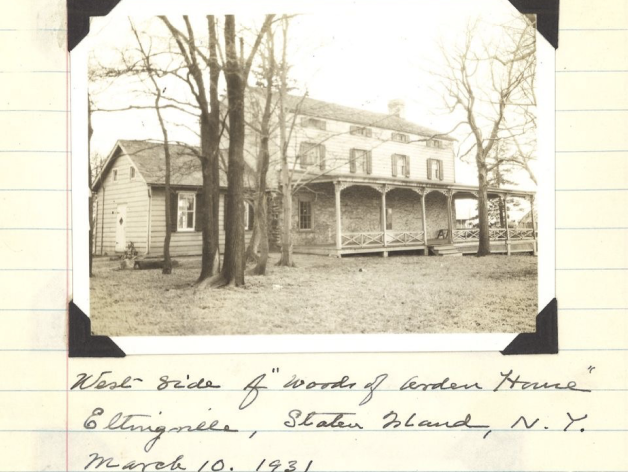Civic Projects
Friends of the Olmsted-Beil House
Friends of the Olmsted-Beil House was established in order to protect and preserve the historic site. In 1967, the house and remaining land were designated a New York City Landmark in recognition of its famous owner Frederick Law Olmsted, Sr., designer of Central Park and many other acclaimed projects. In later years educator Carlton Beil, the last private owner of the home, ensured preservation by selling the house to the NYC Department of Parks and Recreation. The Olmsted-Beil House is officially listed on both the New York State Register of Historic Places and the National Register of Historic Places, further protecting the site from development.
The Friends of Olmsted-Beil House work to generate support and funding for the restoration of the historic farmhouse and its surrounding property. The oldest part of the house dates back to 1680 and a number of trees planted by Frederick Law Olmsted still stand today.
More information on the organization can be found at olmstedbeilhouse.org



The New York School of Interior Design Roof Top Garden

was a 2016 project of the New York Committee which we will be pursuing in the year ahead. The roof top garden has since been left unattended and a student committee is redesigning the garden. The NY Committee will work closely with the student committee and help them to restore the garden.
Inwood Hill Park
is a living piece of old New York. Evidence of its prehistoric roots exists as dramatic caves, valleys, and ridges left as the result of shifting glaciers. The Park continues to discover evidence of its uninhabited state with its forest and salt marsh (the last natural one in Manhattan), and its use by Native Americans in the 17th century. The NY Committee is exploring ways to help the Park maintain its natural beauty.


